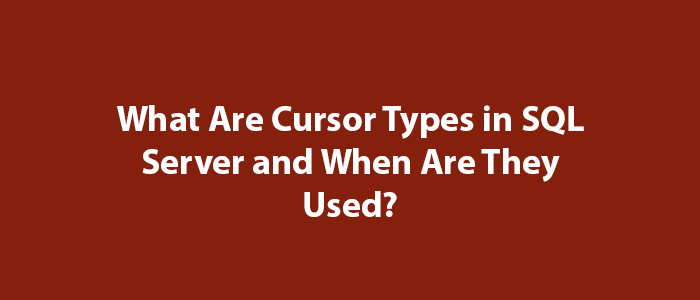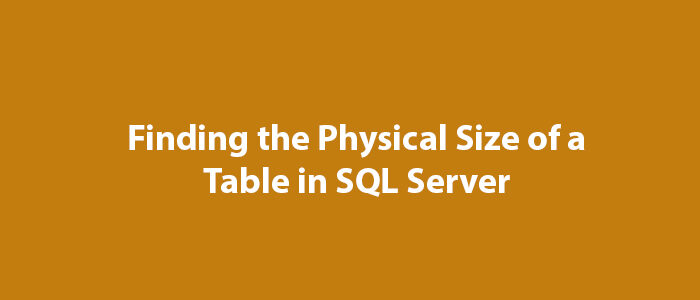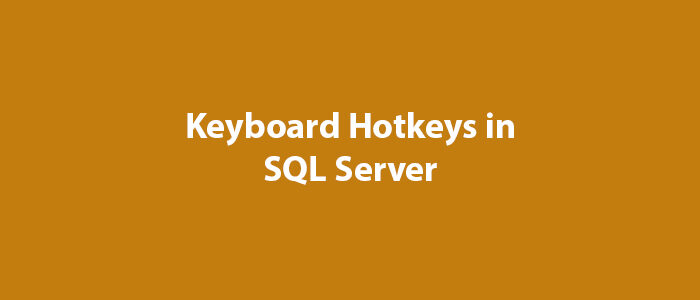What Are Cursor Types in SQL Server and When Are They Used?

Hello everyone,
In this article I will try to give information about the types of Cursors in SQL Server and when they are used.
There are 4 types of cursors in SQL Server: Forward-Only, Static, Dynamic and Keyset.
Forward-Only Cursors
A type of cursor that only allows the resulting result set to move in one direction, i.e. forward, and cannot be moved backwards or back again. Forward-Only Cursors traverse data only once and are usually locked so that the next line can be read. Forward-Only Cursors are ideal in a scenario where data needs to be read once.
Forward-Only Cursors are designed to process each row in the result set sequentially. Moving forward increases processing speeds and minimizes memory usage. Therefore, Forward-Only Cursors are preferred to avoid performance issues when working with large datasets.
Forward-Only Cursors are locked so that the next line can be read. This is useful if there are operations that need to be completed by the database before the Cursor can advance to the next row. However, if there is a lock while it cannot read the next row, it can cause performance issues because other operations have to wait.
Overall, Forward-Only Cursors provide a fast and efficient way to process data sequentially. However, they do not provide the flexibility of other types of Cursors that can move forward.
Static Cursors
Static Cursors are a type of cursor where copies of the data are kept in memory and the data cannot be updated. Each row in the result set represents a snapshot of the Cursor taken at the time it was created and is processed sequentially as the Cursor moves forward. When data is changed, the copies are not updated and as a result the original data remains unchanged.
Because Static Cursors store a copy of data in memory, you can access the data in the result set once. For this reason, Static Cursors are ideal for processing a small dataset of query results and can cause performance issues when working with large datasets.
Static Cursors do not lock on the database to process each row and the order of rows in the result set always remains the same. Therefore, they can be used to link the results of queries and reuse the result set. However, when the result of the query is changed, the result of the Static Cursor is not changed and the result set is not updated.
Static Cursors do not allow data to be updated and therefore cannot handle changes in the database. However, they allow Cursor to process data sequentially in a fast and high-performance way and are ideal for reuse of query results.


